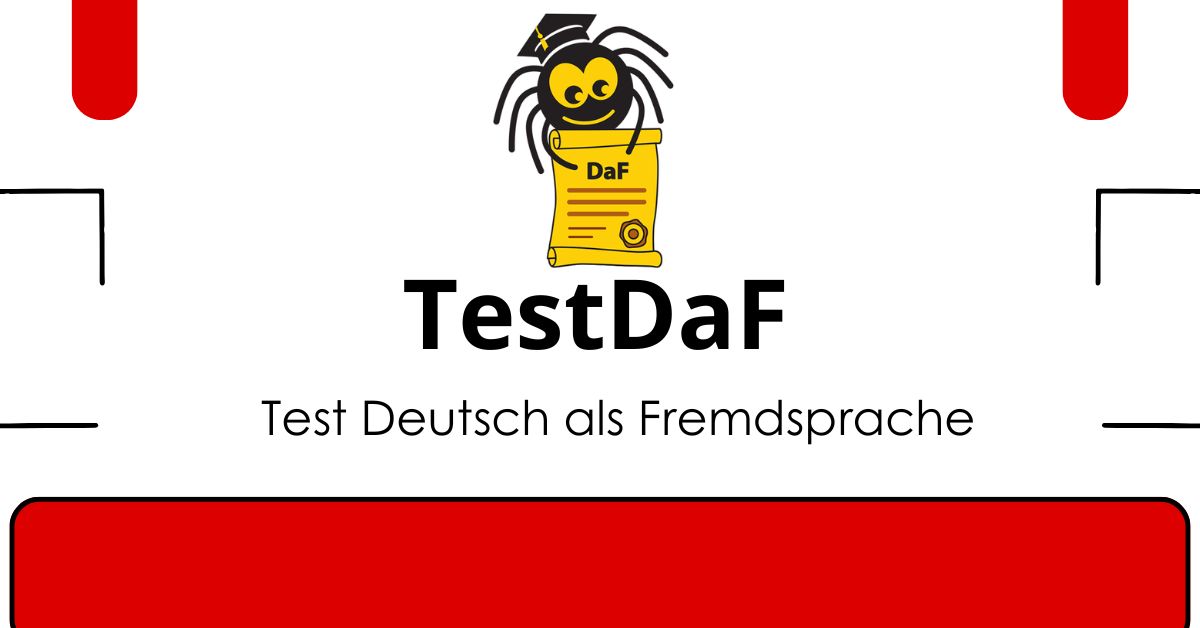
One of the biggest fears of applicants is the oral part of the TestDaF. However, if you have reached level B2, you will most likely pass the oral part by studying the format in detail, preparing for specific topics, and learning specific phrases. However, the written part is not so simple.
In the digital format of the TestDaF, the written part consists of two tasks. The first task is to weigh the pros and cons of a particular topic. Here, the ability to argue, separate subjective from objective, understand the topic, consider different perspectives, use complex sentence structures, and employ topic-specific vocabulary is tested.
In some tasks, the formulation is presented through two opposing opinions. This means that the text must consider two different perspectives on the topic. The structure of the text also plays an important role.
In the second task, it is necessary to summarize information from a text and statistics. Usually, it involves language pairs, such as cause and effect. It is important to understand the topic and be able to rephrase sentences, as it is not allowed to copy expressions from the text.
The relatively small number of required words can be deceptive. The thing is, you can't "pad out" this task. Every sentence must be substantive. This task is challenging and covers a wide variety of topics.
After intensive preparation, I recommend immersing yourself in the exam atmosphere. You can do this on the website in the "Exams" section. You can test your skills in an environment that closely resembles the exam environment. After the review, you will receive feedback that includes not only a grade but also comments from the teacher. This way, you can accurately assess your abilities before the real test.
Worth reading next

The TestDaF Exam for Applicants, Students, and Researchers
- Registration procedure
- Exam duration
- When and where to find your results

How to prepare for TestDaF digital: the reading part
You will learn more about what the exam looks like in the Lesen part, get practical tips for preparation, dive into the atmosphere of the exam!
Read More
German Certificates for Colleges and Universities
In the video, Alina Zakrevska, founder of the Pauker Club language school and a German teacher, explains the requirements for admission to German universities.
Read More